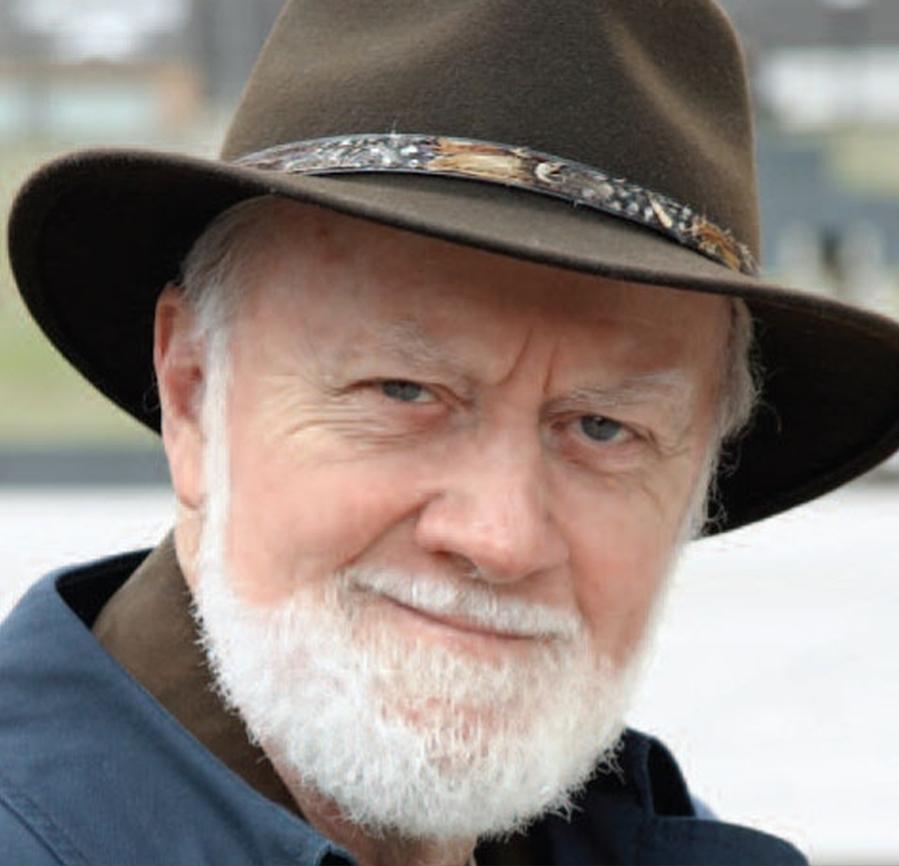The present framework of quantum mechanics has reached its limit, said Professor Emeritus Dr. William Tiller of Stanford University’s department of materials science, in a white paper published on his website last year. “Many of the outcomes from today’s experiments are requiring weirder and weirder explanations,” he wrote.
He discussed the concept within quantum mechanics that any substance can be expressed as either a particle or a wave. Tiller wrote: “The founding fathers of QM [quantum mechanics] should have taken the large step of creating and using a different reference frame for the waves than for the particles, however, they did not. They tried to squeeze it all into a spacetime-only reference frame and thus ended up in perpetual weirdness for QM physics.”
Tiller and his colleagues have created a duplex reference frame consisting of two subspaces.






